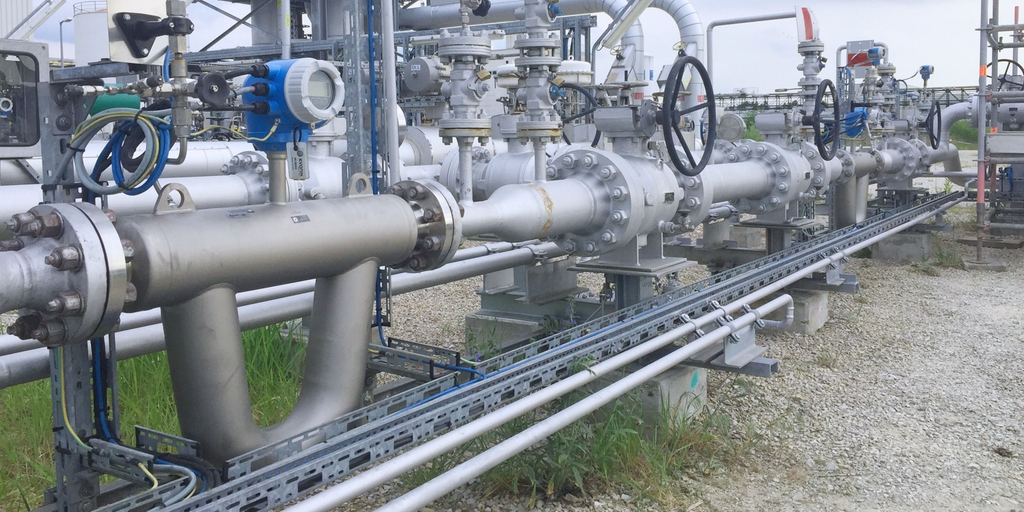Managing SIS Process Measurement Risk and Cost
Advances in measurement technologies reduce risk and cost in SIS designs and lifecycle management

Flowmeters can play key roles in reducing risks with safety instrumented systems (SIS)
Implementation of a safety instrumented system (SIS) requires process risk protection to a targeted minimum while maintaining design and lifecycle costs at a reasonable level. Intelligent instruments and lifecycle management tools can help process plant personnel reduce risks and costs associated with a SIS. They can also aid in capturing reliability data.
Download the white paper to learn more about:
Sources of SIS measurement subsystem risks and costs
Risk of failure sources
Extending proof test intervals
Traceable calibration verification
Traceable and redundant references
Lifecycle management and documentation tools
Detecting problems while reducing risks
Sources of SIS measurement subsystem risks and costs
Under IEC 61511 or ANSI/ISA-61511, operators and Safety Instrument System (SIS) designers are required to qualify the appropriateness of an SIS measurement subsystem to do its part in addressing an application-specific safety instrumented function (SIF). This not only includes the initial design of the SIS itself, but the qualification of the measurement subsystem used in that service.
Risk of failure sources
Risk of failure to perform an expected function can come from probabilistic failure sources; for example, the collective probabilistic failures of electronic components in a transmitter. Required maintenance and proof test procedures must be determined and executed to keep the probability of failure on demand (PFD) average and lambda dangerous undetected (ƛdu) fault risk that is outside the reach of diagnostics below a required average risk reduction target.
